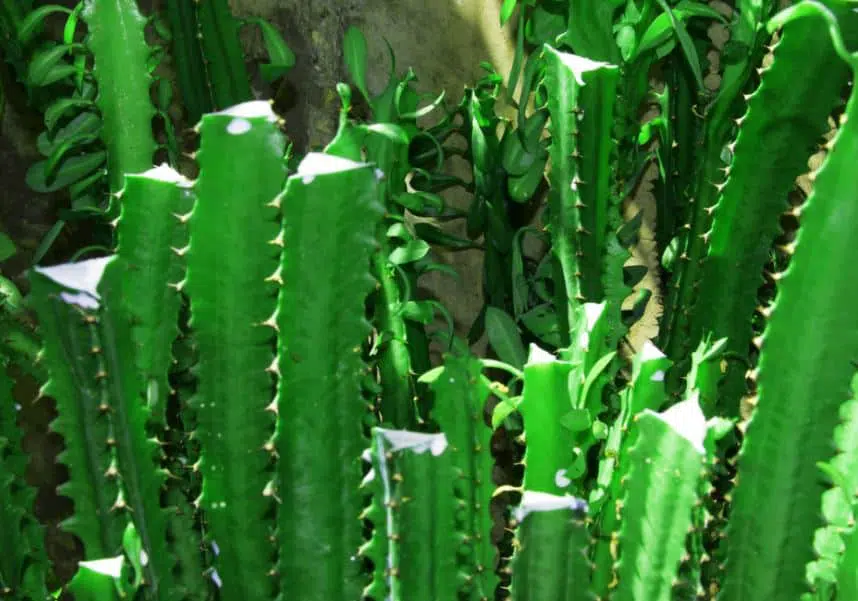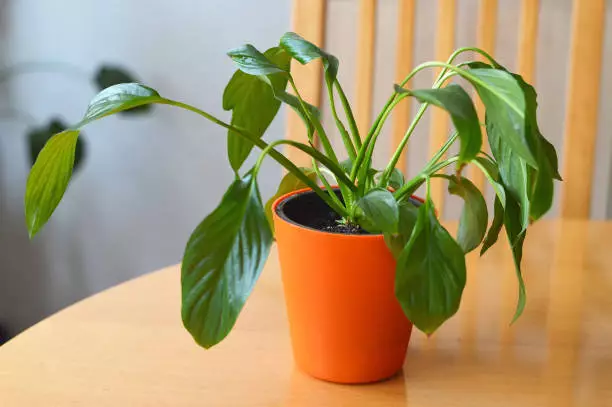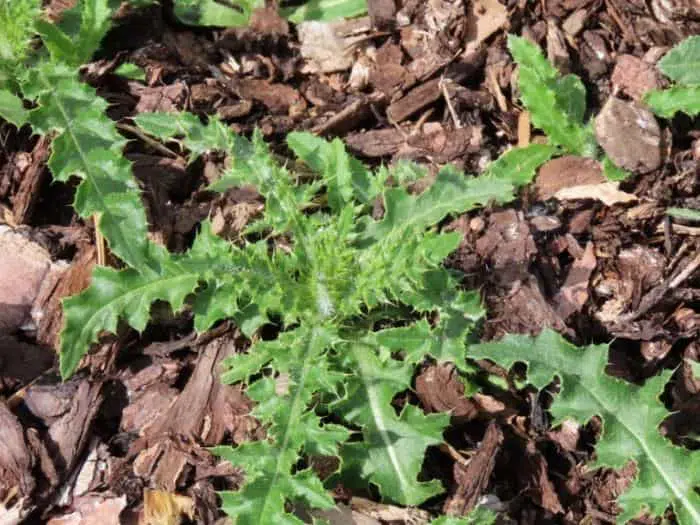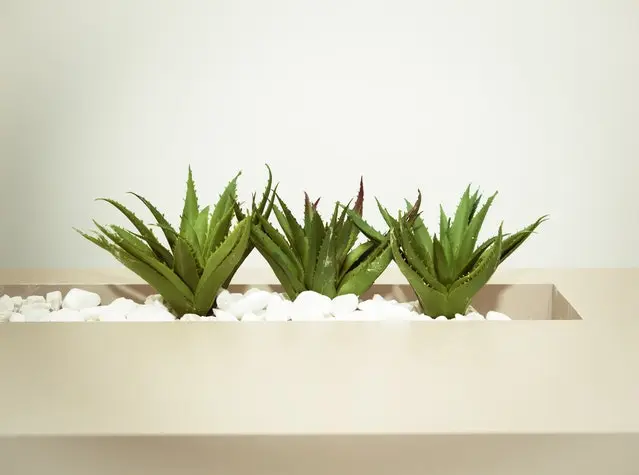Cactus produce a white secretion that oozes from different parts of the plant. The milk is a white sap that flows when the plant is injured or broken. So, what is cactus milk, and is it poisonous to humans and pets?
Cactus milk is a white sap that is secreted when some species of cactus are injured. The milky substance is also called latex and it helps the plant heal from physical damage. Overwatering can also cause the plant to release a sap, but it can also be a poisonous secretion meant to defend the plant.
But, how poisonous is this cactus milk? Let’s find out more about the white sap secreted by some species of cactus plants.
What is cactus milk?
Cactus milk is the thick, cloudy sap that bleeds out of certain species of cacti when parts of the plant are cut or injured. This milky sap is also referred to as latex. For some species of cactus, this white secretion is synthesized within a network of tubular canals present within the shoots of the cacti.
However, in other species, the sap is produced in the plastids. There are also a few types of cactus in which the white sap is made out of altered cell wall material.
Why is my cactus oozing milk?
If your cactus plants are oozing milky/white sap, they most likely belong to the genus Mammillaria. While the white sap is a natural defense against mechanical damage, it can also mean something is wrong with your plant.
If your cactus is oozing white milk, it is likely because of overwatering, or because you used bad water quality when watering the cactus. Too much sun can also cause the plant to “sweat” or release the milky sap.
RELATED: HOW OFTEN TO WATER YOUR CACTUS
Here are the reasons why cacti ooze white milk:
Plant injury
The main reason for a cactus plant oozing white sap is an injury to the stems or pads. For instance, if you cut off a few spines from the plant, the white sap will appear at the point where the spines were attached to the plant. The oozing occurs as a defense mechanism to help the plant begin to heal.
After exuding this milky sap, oxidization occurs, turning the sap into a lumpy, chalky paste that ‘seals the wounds’ of tissue injury where the spines were cut off.
Overwatering
An overwatered cactus begins to show signs of good health and happiness, but after a short while, it can also start to show signs of dying, including oozing, root rot, mushy pads, and leaking excess water, and discolored black or brown stems.
If your cactus is oozing a milky sap or any kind of liquid, the best solution is to check your cactus watering frequency and how much water you apply. You might also want to check the roots of the plant to see if there’s root rot – a fungus that often affects indoor plants that have been overwatered.
RELATED: HOW TO REVIVE OVERWATERED CACTUS
Too much sunlight
Cacti love sunlight but not in excess. Too much sunlight causes the plant to overheat and can start oozing water or the white milk from stems and pads. Sunburn can also cause permanent damage to the leaves of the plant.
If your plant is exposed to too much light and is oozing white milk, you might want to prune off the damaged leaves and move it to a lightly lit area for recovery.
Poor water quality
The quality of water you’re using to keep the plant’s soil moist can also cause the cactus milk to ooze out of the plant’s leaves and stems.
Milk secretion happens when there are chemical impurities in the water that you’re using to feed the plant. If you’re using 2 weeks watering globes make sure you fill them with distilled water to avoid adding impurities that may cause the cactus to secrete latex or white sap.
RELATED: HOW LONG DOES THE WATERING GLOBE LAST
Pests
If your cacti are growing outdoors, they’re susceptible to numerous factors that can cause mechanical tissue damage. For instance, larval pests may burrow into the plant tissue, triggering the milky bleeding. Apart from pests, birds and rodents can also cause mechanical injury to cactus plant tissue.
Note that sap oozing from cacti may also be caused by other factors like fungal and bacterial diseases. However, such sap that is exuded as a natural reaction to disease is usually brown or black in shade.
On the other hand, the cacti species that produce milky sap do so when there’s mechanical damage. Such tissue damage is usually caused by cultivation issues and pests.
Is cactus milk poisonous?
Many people think that cactus sap is poisonous, but this couldn’t be any further from the truth. Unlike euphorbia sap which is a toxic skin and eye irritant, cactus sap won’t cause any problems should it come into contact with your skin. However, it’s not advisable to drink cactus milk, as this may trigger stomach aches and regurgitation.
How poisonous is the African milk tree?

The African milk tree- also known as Euphorbia trigona– is a poisonous succulent that is often confused by many to be a cactus. This euphorbia plant produces a poisonous sap when cut.
This sap can cause severe irritation if it comes into contact with the skin or the eyes. As such, you should wear the necessary protective gear during propagation. These include protective eye goggles, long-sleeved overalls, and a pair of rubber hand gloves.
The African milk tree is significantly poisonous, as it produces a substantial amount of toxic sap when cut. If the sap accidentally comes into contact with your skin, wash the affected area immediately with lots of water. This will help prevent irritation.
References:
[1] James D. Mauseth, The University of Texas: Chemical Defenses in Cacti: Poisons



